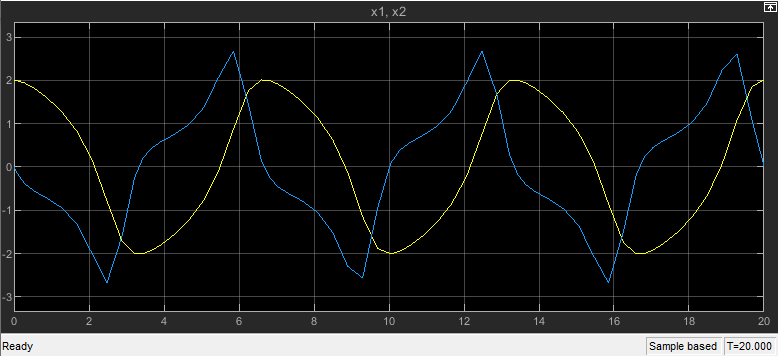开始时间
仿真开始时间
模型配置窗格: 求解器
描述
开始时间参数将仿真的开始时间(以秒为单位)指定为双精度值。仿真开始时间指定仿真计算结果的第一个时间值,以及仿真引擎传播时间的起始时间。
设置
0.0 (默认) | 标量数值开始时间必须小于或等于停止时间。
具有初始条件的模块参数的值必须在指定的开始时间与初始条件设置相匹配。
仿真时间与时钟时间不同。例如,运行 10 秒的仿真通常不需要 10 秒的时钟时间。总仿真时间取决于模型复杂度、求解器步长和系统速度等多个因素。
使用定步长求解器时,仿真的开始时间必须为零或仿真的固定时间步的整数倍。当您指定的开始时间不满足此要求时,软件会发出诊断信息,并将开始时间更改为定步长的最接近整数倍。要更改这种情况的诊断行为,请使用自动求解器参数选择参数。
示例
编程用法
参数:StartTime |
| 类型:字符串 | 字符向量 |
| 值:双精度标量 |
默认值:"0.0" |
版本历史记录
在 R2006a 之前推出

